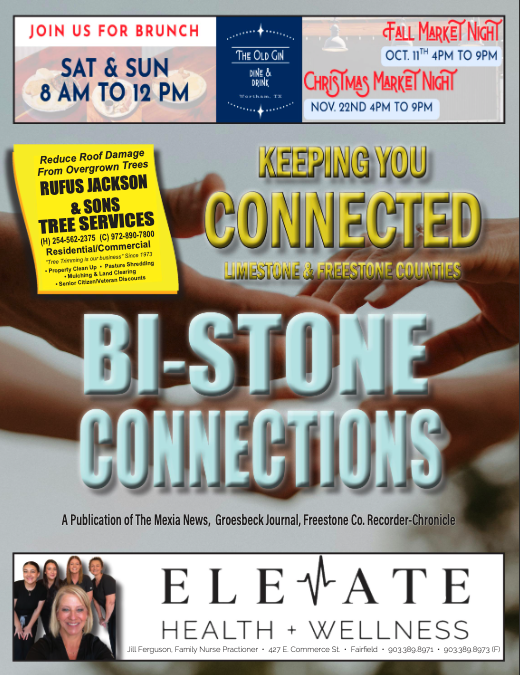This is the final article in a series I have been doing called “Re-Thinking Church.” Throughout these articles, we have been exploring various qualities or focuses that the church oftentimes utilizes that are truly misguiding our divine efforts as the Body of Christ. We have looked at the church’s overzealous obsession with attendance and membership while neglecting to celebrate the growth of discipleship and spiritual disciplines. We talked about how obsession with buildings and programs has turned the church into brick and mortar as opposed to flesh and blood. If this is your first time reading this final article, I would encourage you to go back and read the other two. But for those of you who have remained steadfast in your readings, let’s dive into the final section of these pastoral observations. Hope you’re ready, cause we are going to be talking about money.
I pastored in a small church in North Carolina for four years while I attended divinity school. It was one of the most blessed experiences of my life being able to learn and live in ministry alongside some amazing people in the Old North State. I could take numerous articles to tell of the wonders of God I saw accomplished in those years and the relationship my wife and I made, but that will have to wait until another time. Instead, I want to share with you an experience that shook me to the core and taught me an important lesson about the church and its pitfalls. Across the street from the church I served was another long-established congregation, let’s call it Mainstreet Church (that is not its actual name) because it was located right on the main street of town. The church grounds were immaculate and the building was always in pristine condition. It boasted a tall belfry that rang chimes every daylight hour of the week. Its chimes would serenade across the town and could be heard from miles away. The inside of the sanctuary was immaculate and beautifully arranged with pristine flooring, immaculately painted walls, polished fixtures, and a fully functioning and professionally tuned organ. It would be the envy of any traditio-loving preacher to marvel and explore. Let’s just sit for a moment in one of the pews and bask in its beauty.
I once attended a funeral at this beautiful Mainstreet Church and following the service I reached out to the pastor to just have some simple ministry talk. I went back to his office and we sat down and began to converse. What I discovered shocked me. It turned out that he was a part-time pastor who only preached at the church on Sundays and the occasional funeral. He was retired and this was one of two churches that he would serve on Sunday morning. I complimented him on the church’s beauty and immaculate grounds. He smiled and informed me that the church had a large savings account and numerous endowments that allowed for constant maintenance and beautification to occur without any financial strain upon the congregation. He went on to comment even further on the vast wealth the church had accumulated over the years. It was the type of budget that people dreamed, hoped, and salivated over. As I was mulling over this financial dreamscape, I asked him how many people were actively involved in the church. He matter-of-factly said, “Fifteen to Twenty.” He then leaned forward and said, “I think this church won’t last much longer because the youngest member we have at this time is 75.” He also explained that there was no one to play the organ, there were no children or youth ministry, and he was only in the office on Sunday. The pastor also explained that any effort to make alterations or changes in the church was met with stern opposition from the membership. He finally said, “They just seem content to spend these days doing what they’ve always done, and they have the money to accomplish that goal.” I sat in silence for a few minutes just pondering what had just been said.



